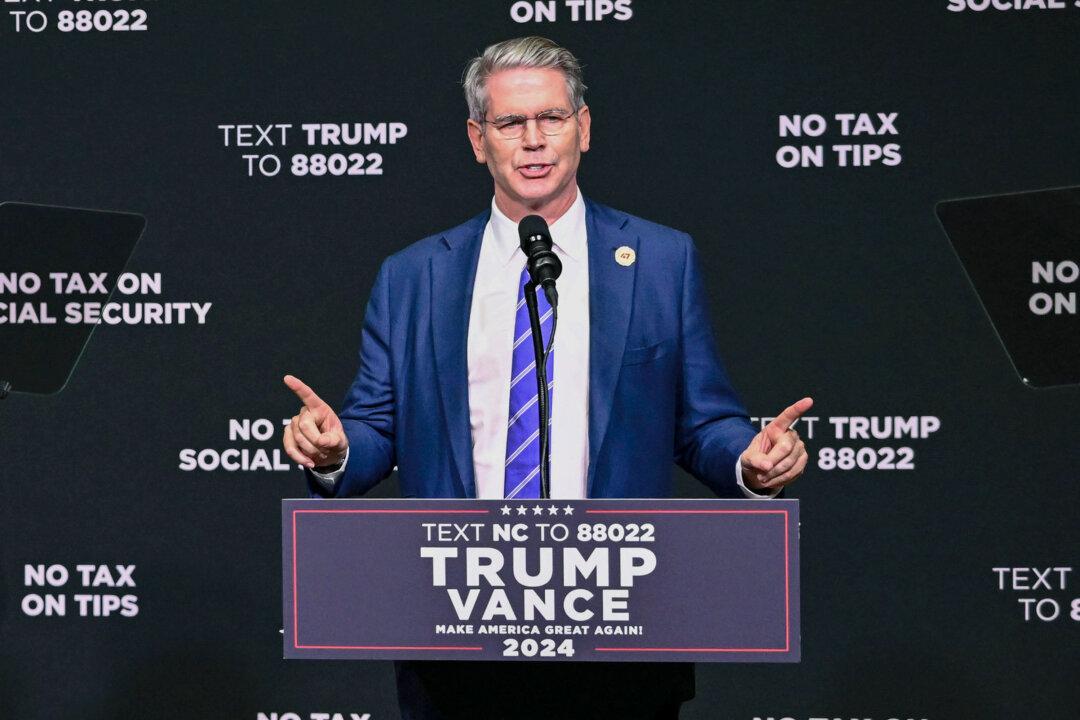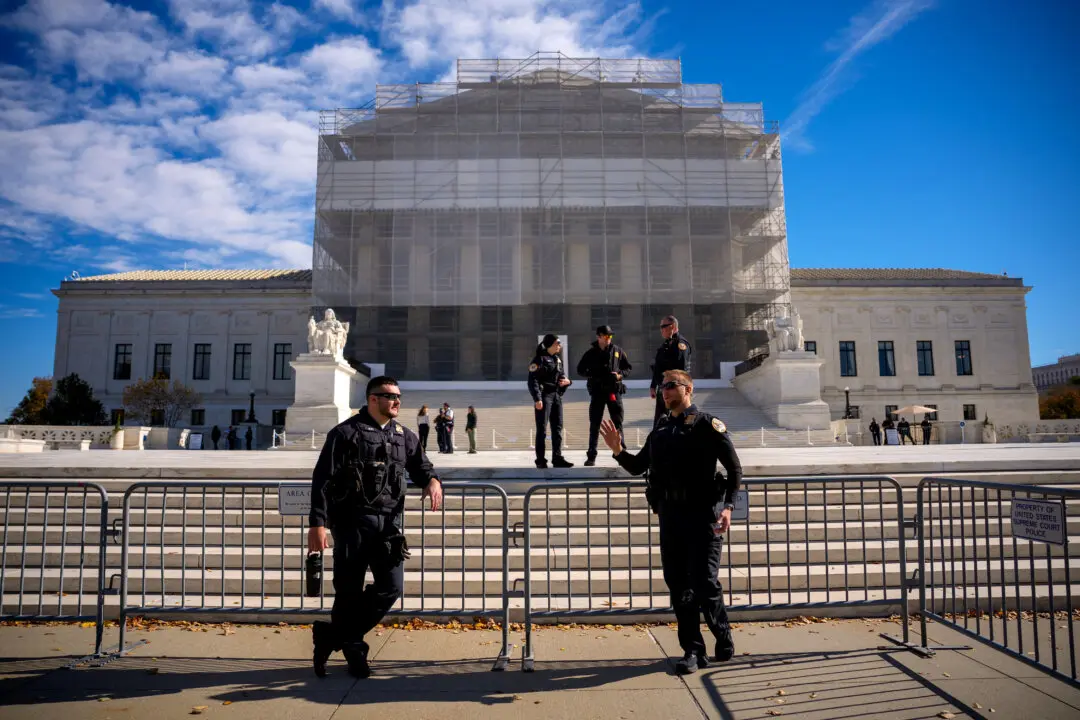It could be said that President-elect Donald Trump’s Treasury Secretary nominee Scott Bessent’s plan for the world’s largest economy was inspired by the late Japanese Prime Minister Shinzo Abe.
A decade ago, the Japanese prime minister sought to overhaul the economy using a strategy called the “Three Arrows.” The three-pronged approach consisted of increasing government spending, easing monetary policy, and adjusting the economic landscape to bolster growth prospects.





